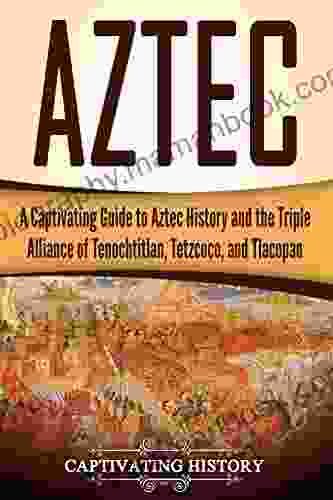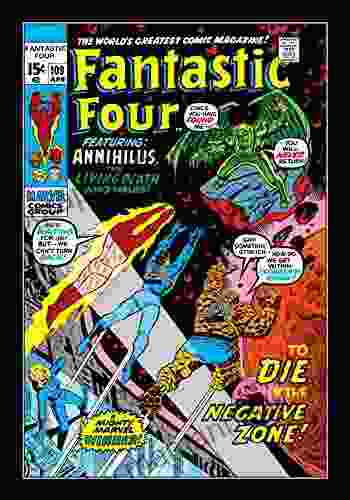The Aztecs were a powerful and influential civilization that flourished in central Mexico from the 14th to the 16th centuries. They were known for their innovative culture, advanced society, and the vast empire they established. At the heart of Aztec civilization was the Triple Alliance of Tenochtitlan, a political and military alliance between the city-states of Tenochtitlan, Texcoco, and Tlacopan.
4.1 out of 5
| Language | : | English |
| File size | : | 8409 KB |
| Text-to-Speech | : | Enabled |
| Enhanced typesetting | : | Enabled |
| Word Wise | : | Enabled |
| Print length | : | 75 pages |
| Lending | : | Enabled |
| Screen Reader | : | Supported |
The Rise Of The Aztecs
The Aztecs were originally a nomadic people who migrated south from Aztlan, their legendary homeland in the north. They arrived in the Valley of Mexico in the 13th century and settled on a small island in the middle of Lake Texcoco. Over time, the Aztecs expanded their territory and established themselves as a dominant power in the region.
The Triple Alliance Of Tenochtitlan
In 1428, the Aztecs formed the Triple Alliance of Tenochtitlan with the city-states of Texcoco and Tlacopan. This alliance was a political and military pact that allowed the three city-states to pool their resources and conquer new territories. The Triple Alliance was led by the Huey Tlatoani, or emperor, of Tenochtitlan, who had absolute power over the other two city-states.
The Aztec Empire
Under the leadership of the Triple Alliance, the Aztecs established a vast empire that stretched from the Gulf of Mexico to the Pacific Ocean. The Aztec Empire was divided into provinces, each of which was ruled by a governor appointed by the Huey Tlatoani. The Aztecs collected tribute from their conquered territories and used it to fund their military campaigns and public works projects.
Aztec Culture And Society
The Aztecs were a highly advanced civilization with a rich culture and society. They were skilled artisans, mathematicians, and astronomers. They also developed a complex system of writing and a calendar that was more accurate than the European calendar at the time.
Aztec society was divided into four social classes: the nobility, the commoners, the serfs, and the slaves. The nobility was the ruling class and consisted of the emperor, his family, and the high-ranking officials. The commoners were the majority of the population and worked as farmers, artisans, and merchants. The serfs were peasants who were bound to the land and worked for the nobility. The slaves were the lowest class in Aztec society and were used for manual labor.
The Fall Of The Aztec Empire
The Aztec Empire reached its peak in the 16th century, but it was soon to be challenged by the arrival of the Spanish conquistadors. In 1519, Hernán Cortés landed on the coast of Mexico with a small army of Spanish soldiers. Cortés allied himself with the Aztecs' enemies and marched on Tenochtitlan. After a long and bloody siege, the Spanish captured Tenochtitlan in 1521 and the Aztec Empire fell.
Legacy Of The Aztecs
The Aztecs left a lasting legacy on the world. Their culture and society influenced the development of modern Mexico and their art and architecture continue to be admired today. The ruins of Tenochtitlan are a UNESCO World Heritage Site and are one of the most popular tourist destinations in Mexico.
The Aztecs were a fascinating and complex civilization that left a lasting legacy on the world. Their history, culture, and society are still studied and admired today. The Triple Alliance of Tenochtitlan was a powerful political and military alliance that helped the Aztecs establish a vast empire. The Aztec Empire was a major force in pre-Columbian Mexico and its fall marked the end of an era.


















































































































